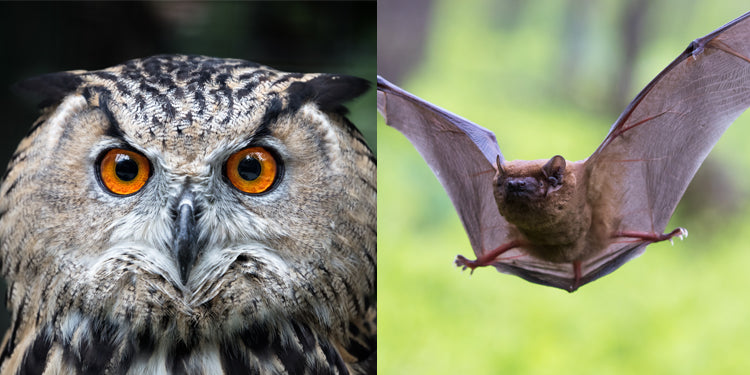
Today's guest blogger is Susan Weaver Jones, an elementary educator from Orlando, Florida, who currently works as an English as a Second Language (ESL) teacher in Knoxville, Tennessee.
What can teachers do when their students' writings have the bare bones of stories or paragraphs but not much else? How can educators encourage their students to expand their writing by adding more information? Simply instructing students to add interesting details to their writing will not help them understand how to incorporate such description. To assist students in expanding their writing, teachers may find a five-senses poem to be an appropriate place to start.
A “five-senses poem” is a non-rhyming poem that follows a certain format. Once the topic is determined, each of the five lines in the poem focuses on a particular characteristic of the topic using a different sense: seeing, hearing, smelling, tasting, and feeling. You can download my reproducible poem template at the bottom of this page
Topic: ___________
It looks like _____________________.
It sounds like ___________________.
It smells like ____________________.
It tastes like ____________________.
It feels like _____________________.
Modeling the development of a five-senses poem provides the initial support that many students require. Choosing familiar experiences as topics involves students in the thinking process, since many students have relevant background knowledge.
For instance, I have used the topic of recess to introduce five-senses poems to my elementary students. The topic has been successful because recess is an activity in which they all have personal experience, as shown below
Recess
It looks like kids playing together.
It sounds like friends yelling to each other.
It smells like sweaty socks and shoes.
It tastes like dirt in my mouth.
It feels like my legs are tired from running.
Discussing additional possibilities for the senses as they relate to the topic can help students create their own versions of the poem. Subsequently, students can attempt other five-senses poems on topics such as birthdays, holidays, and seasons with teacher support, as appropriate. As students become proficient in using their senses to describe, they can be guided to include sensory description in their narratives, as well.
Once students have accessed their background knowledge to write five-senses poems about familiar topics, they can learn to use informational texts as resources to create fact-based poems. Depending upon their familiarity with the topic, they may be able to combine their prior knowledge with new information gathered from text, pictures, and discussions. Primary, ELL, special ed, and struggling students may be more dependent than other students on what they learn from teacher-led class discussions and pictures to supplement what they can read.
For example, when using the book Bat by Lee Waters in the Zoozoo Animal World series, teachers can provide important information about bats' habitats through the talking points on the inside back cover of the book. The following five-senses poem could result from students' knowledge about bats, the text, and the talking points.
A Bat’s Habitat
It looks like a dark cave.
It sounds like fluttering wings.
It smells like a rainy day.
It tastes like crunchy insects.
It feels like a safe place to sleep upside down.
After modeling and discussion, students could work individually or in pairs to choose animals to read about. Afterward, they could write and illustrate their own five-senses poems about the habitats for the animals they selected, using their texts for reference.
Later, teachers could guide students to use the research-based poems as the basis of paragraphs about the topic. Instead of writing only two or three sentences using their background knowledge or copying sentences from books, students could develop paragraphs using details from their five-senses poems. Consider the differences between the following paragraphs about bats:
Bats live in caves. The caves are dark. Bats fly a lot.
Bats like to sleep in dark caves. On rainy days, many bats hang upside down in the caves. They fly around at night to find crunchy insects to eat. Then they rest. When the bats wake up, the noisy sound of their wings fill the caves.
Students can practice reading and writing about chosen topics through five-senses poems. Learning to write five-senses poems can help students include descriptive details and expand their writing, whether they are working on narrative stories or informational paragraphs!
Susan Weaver Jones has taught students in kindergarten through eighth grade as a classroom teacher, reading specialist, Reading Recovery teacher, and literacy coach. She is also the author of three leveled readers in Hameray's Kaleidoscope Collection .
~~~
To download Susan's activity, or an information sheet with key features about the series Zoozoo Animal World , which contain the books mentioned in this post, click the images below.














































![6 Fun and Easy Activities to Practice Sequencing [Grades K-1]](http://www.hameraypublishing.com/cdn/shop/articles/Red_Typographic_Announcement_Twitter_Post-5_bf1ae163-a998-4503-aa03-555b038d1b76_600x.png?v=1689961568)
![Leveraging Prior Knowledge Before Writing and Reading Practice [Grades 1–2]](http://www.hameraypublishing.com/cdn/shop/articles/Red_Typographic_Announcement_Twitter_Post-4_600x.png?v=1689961965)




